and meditation practices to improve mental and physical health and relieve anxiety. The practice has become increasingly popular around the world as a means of relieving stress, improving sleep, reaping emotional benefits, and relieving general back pain. There are many types of yoga: Hatha yoga is the most commonly practiced, and refers to any type of yoga that teaches physical postures. Most yoga classes - ashtanga, vinyasa and power yoga - are hatha yoga. Although these types of yoga differ in the range, movement, and rhythm of physical postures, they are generally not thought of as cardio or aerobic exercises. In contrast, cardio yoga workouts include performing yoga-inspired movements at a faster pace and with a continuous flow to engage more muscles and the circulatory system.
Another type of Yoga that trains different muscles is Sup Yoga.
Did you know that you can synchronize yoga classes to the phases of the moon?
. Here are some moderate intensity cardio yoga workouts to try and work all major muscle groups, including arms, chest, back and legs.Surya Namaskar (sun salutation)
Surya Namaskar, commonly known as the Sun Salutation, is an exercise that consists of a series of postures performed in sequence:
- Samasthiti. Stand with your feet together and your weight evenly distributed. Your shoulders should be brought back and your hands should hang at your side with your chin parallel to the ground.
- Urdhva hastasana. Breathe in and bend your knees slightly, raising your arms above your head. Place your palms together and watch your thumbs.
- Uttanasana. Exhale and straighten your legs. Bend forward from the hips and lower your hands. Relax your neck.
- Urdvah uttanasana. Inhale and stretch your spine, looking forward and opening your shoulders.
- Chaturanga dandasana. Exhale and jump or step back. Bend your elbows and keep them close to your hips. Lower the body. You can keep your knees off the floor or modify the exercise by bringing your knees to the floor.
- Urdhva mukha svanasana. Inhale and point your toes away from your body. Lift your chest while your knees remain off the ground. Open your shoulders and look at the sky.
- Adho mukha svanasana. Exhale and bend your toes under, lifting your hips and lowering your shoulders. Look at your navel. Stay in this position for up to five deep breaths.
- Urdhva uttanasana. Inhale and jump or join your feet in your hands, lengthen your spine, and look forward as you open your shoulders (as in step 4).
- Uttanasana. Exhale and lower the top of the head towards the ground and relax the neck (as in step 3).
- Urdhva hastasana. Breathe in and bend your knees, raising your arms above your head and bringing your palms together as you watch your thumbs (as in step 2).
- Samasthiti. Exhale and straighten your legs, bringing your arms to your sides (as in step 1).
Complete this sequence at a relatively fast pace and repeat it for 20 minutes with no breaks in between to keep your heart rate high.
- Child's pose pushup. Starting in the kneeling plank position, perform a kneeling pushup, then sit on your heels with your arms extended forward (child's pose). Bring the body forward to the kneeling plank position and repeat
- Sequence of pigeons lifting legs. Starting with the plank pose, lift your hips slightly as you lift your left leg toward the ceiling. Slowly pull your left leg back down and bending the knee towards your chest. Lift the left leg back towards the ceiling and this time while pulling the left knee, let the outside of the left leg rest on the floor as you lower the left glute. Return to the starting position and repeat with the right.
- Walk down. Starting from a standing position, bend over at your hips and walk up to the plank position. Push your hips to the sky. Maintain this position for 1-2 seconds. Come back slowly, keeping your hands in contact with the floor. Return to a standing position and repeat.
Perform each movement 10-15 times before moving on to the next exercise.
To increase the intensity ...
You can separate the movements outlined in the previous paragraphs with 30-second activities such as jumping jacks, air squats and stationary lunges for constant movement and high heart rate.
, studies have shown conflicting results. A review of 30 studies that included over 2,000 participants found that yoga did not affect weight, body mass index (BMI), waist circumference or body fat percentage. However, when the researchers analyzed the studies on people with overweight or obesity, yoga has been found to significantly reduce BMI.
Either way, while beginner to intermediate yoga sessions are generally not considered adequate for improving cardiovascular fitness, more intense forms of yoga such as cardio yoga can increase calories burned and aid weight loss. Performing cardio yoga at least 5 times a week for 30 minutes can contribute to weight loss.
are burned during an activity. A MET represents the number of calories burned at rest based on the amount of oxygen consumed. A 3 MET exercise requires you to use about three times the oxygen compared to 1 MET (at rest), which it means it requires more energy and burns more calories.Yoga METs range from 2 MET during a basic yoga class to 6 MET with Surya Namaskar for an average of 2.9 MET
Comparison of METs of common forms of cardio
- walking, moderate pace: 4.8 MET
- elliptical, moderate effort: 5 MET
- jogging, average pace: 7 MET
- bicycle, medium pace: 7 MET
- hiking: 7,8 MET
- climbing stairs, fast pace: 8.8 MET
- running, average pace: 9.8 MET
Based on the MET values, yoga at 2.9 MET has significantly lower performance when it comes to energy consumption and therefore calories burned. However, at 6 MET, Surya Namaskar and other yoga-inspired cardio workouts can be comparable to "exercising on an elliptical" with moderate but less intense effort than jogging at an average pace in regards to calories burned. Interestingly, Surya Namaskar can not only increase calories burned, but also help build muscle.
This is in effect a cardio discipline. Here is the ideal frequency to practice it.

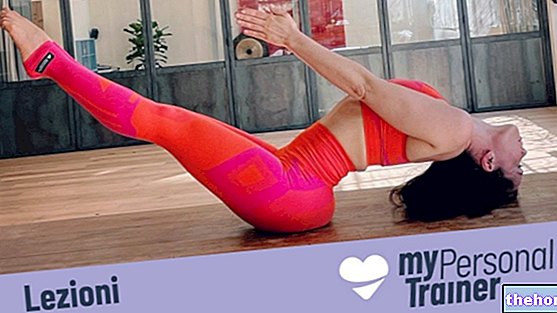
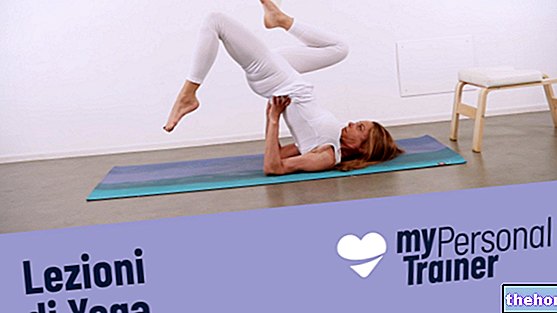
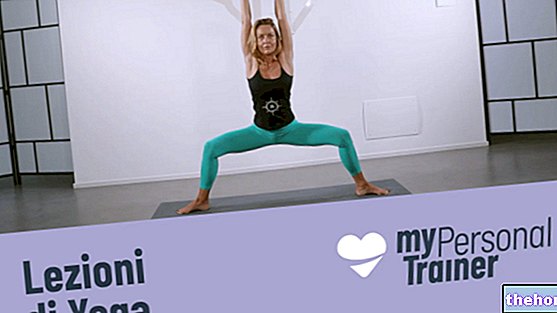
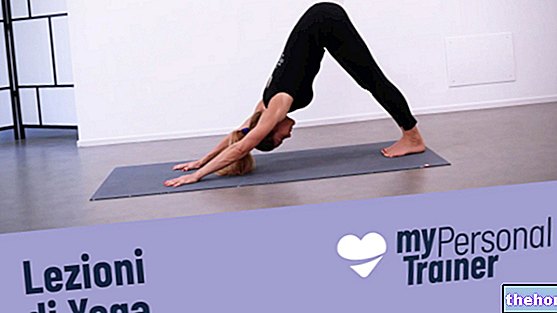
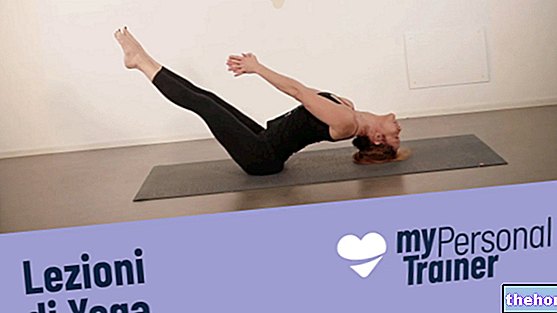



.jpg)


















